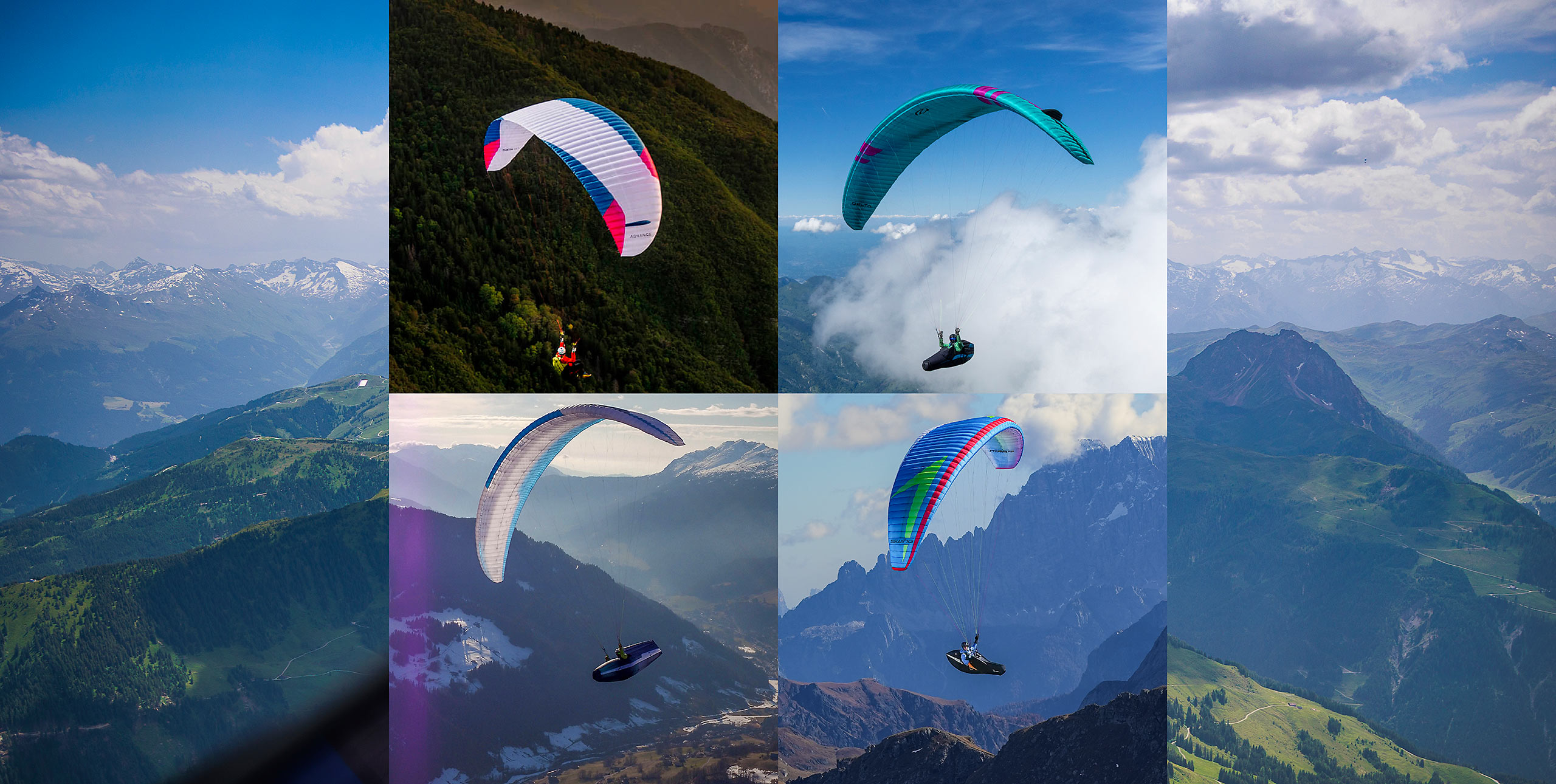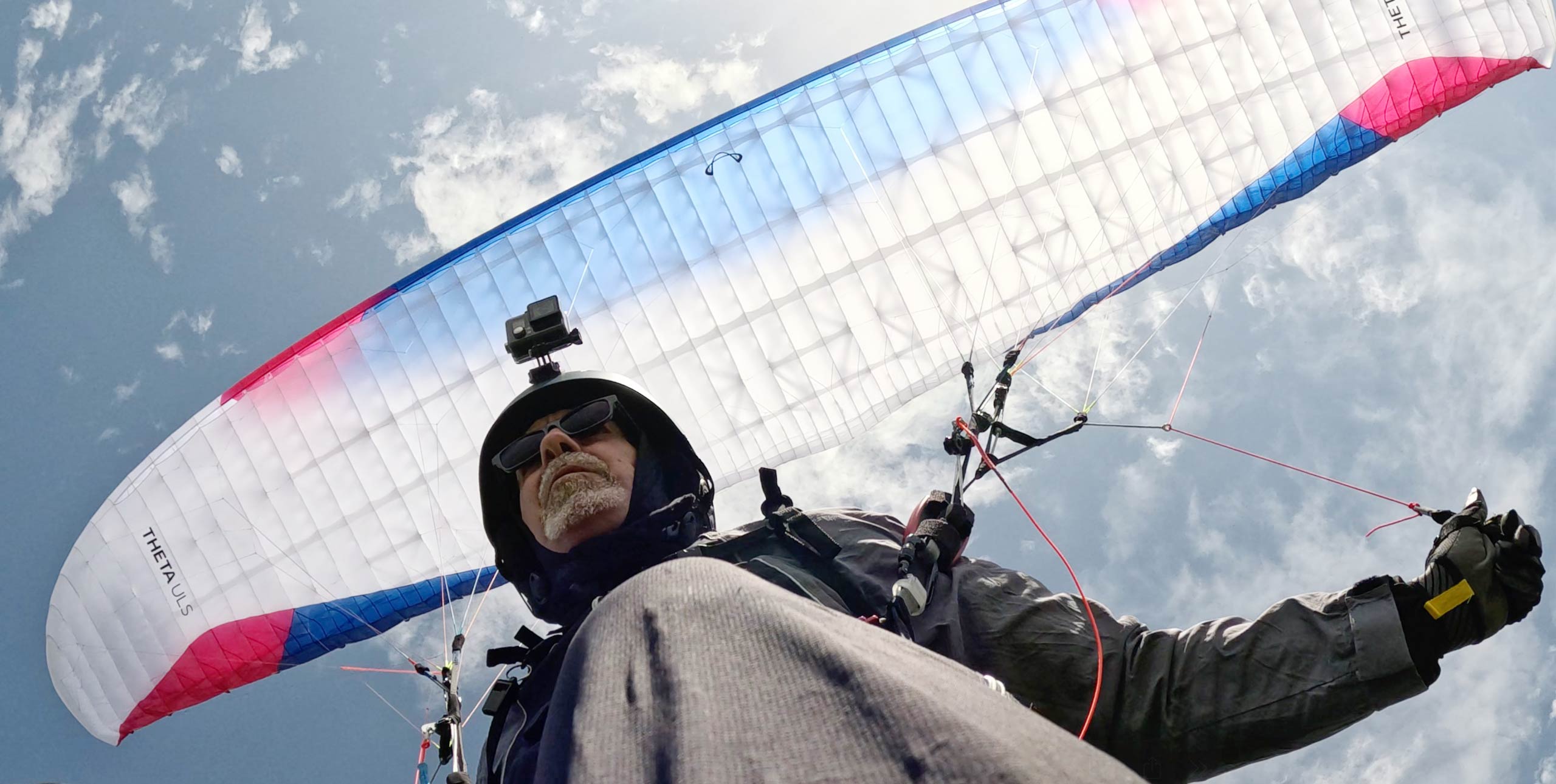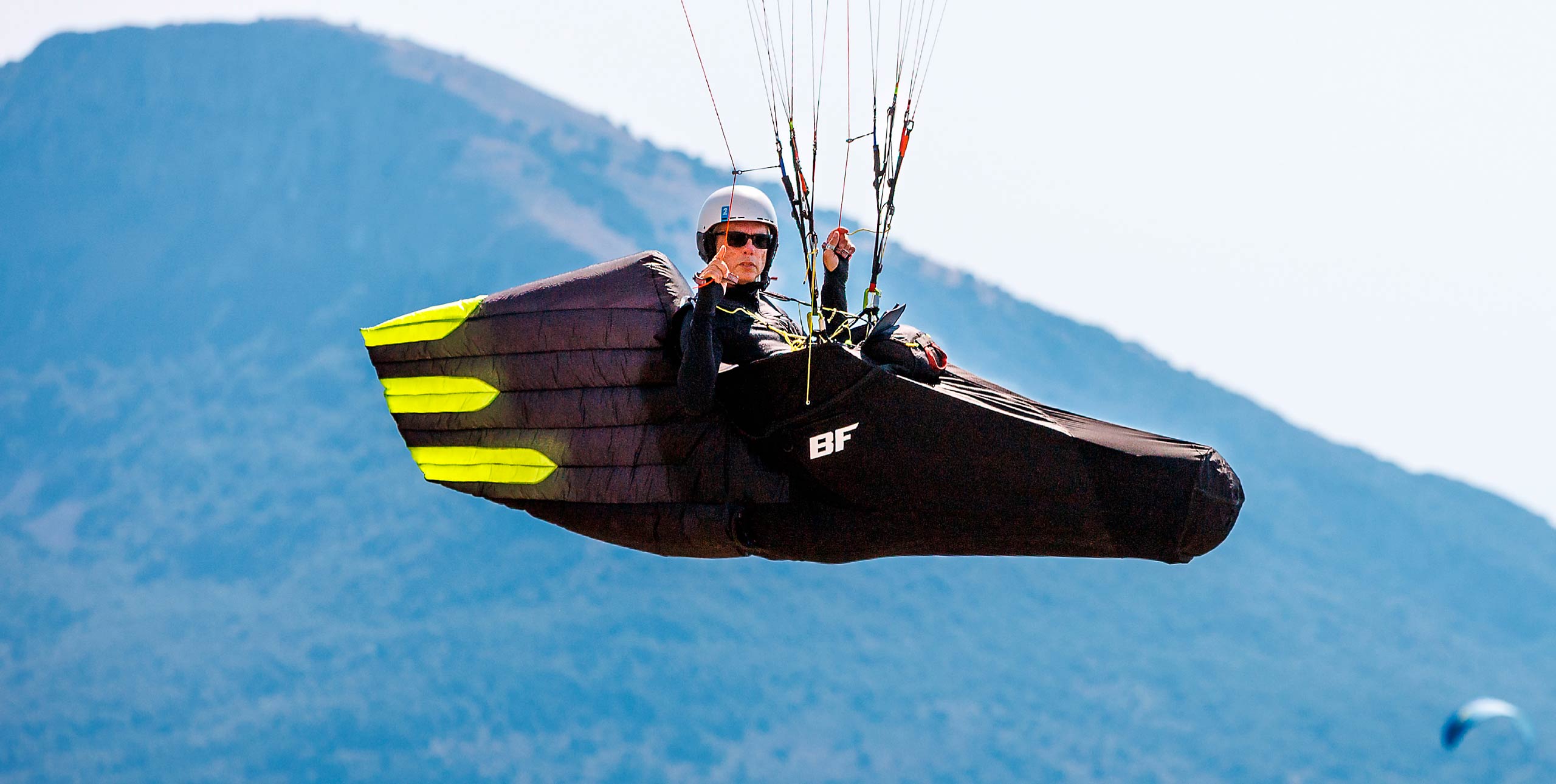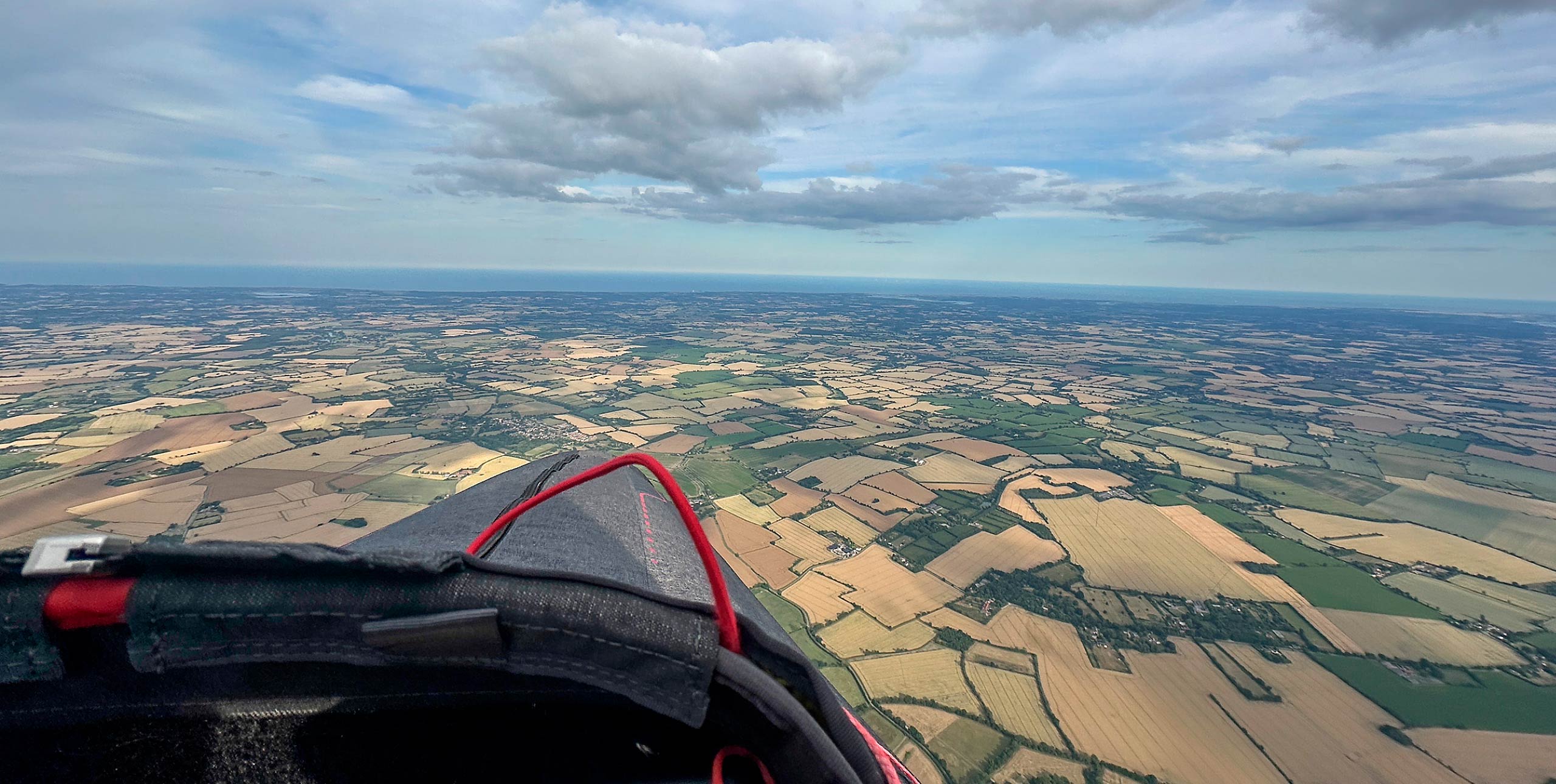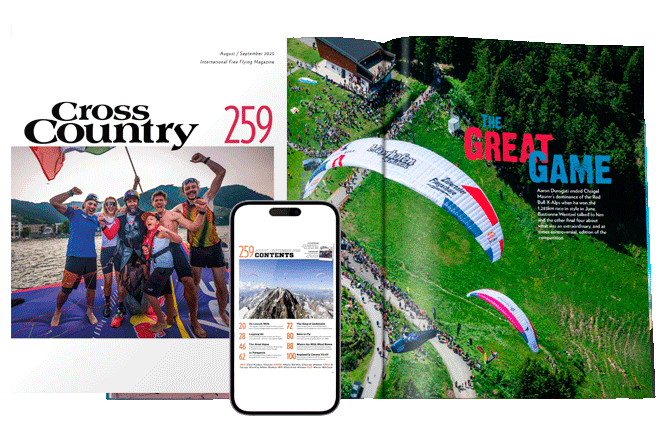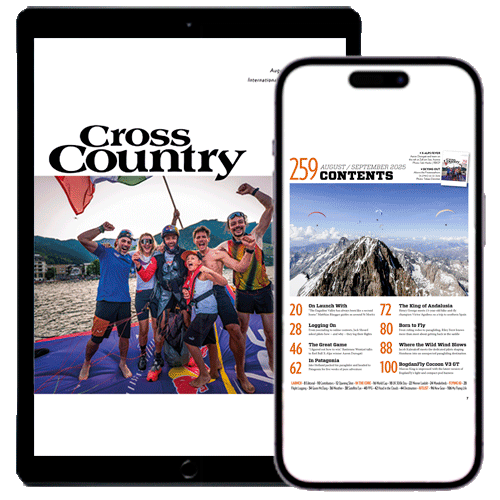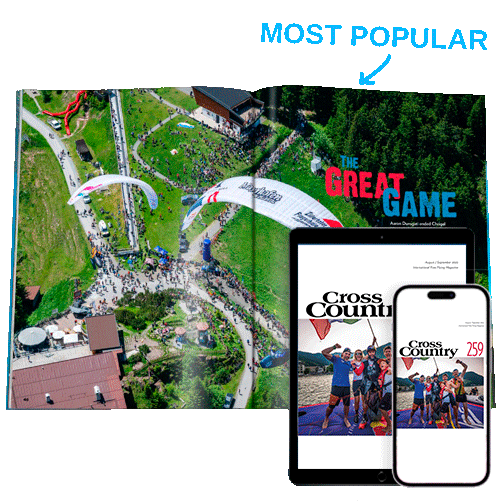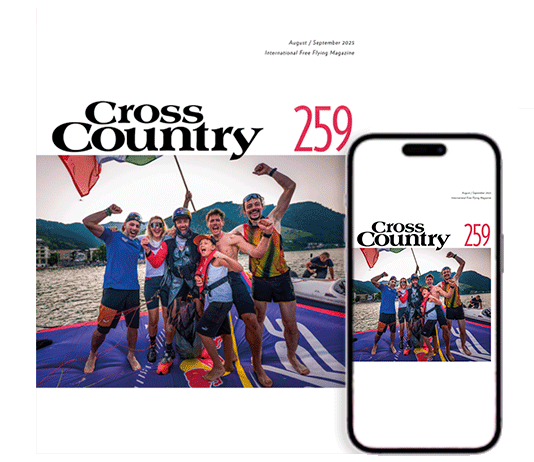
Hugh Miller reviews Advance’s Omega XAlps and the Nova Mentor 4 Light
Many pilots are naturally suspicious of lightweight gliders and their tissue-like cloth. Worries about leaving an expensive new wing torn into ribbons on some far-flung rocky launch mean five out of six of us still give them a swerve, going for standard gliders.
I turned up at Quixada, Brazil two years ago with an Ozone LM5 and got some very strange looks – after all, just what was I doing at one of the world’s windiest launches with an X-Alps wing?
However, big progress has been made in fabric technology and brands are bullish about lightweight wings offering similar longevity to their standard counterparts. Indeed many offer an equal length manufacturing guarantee – four years, in Nova’s case.
Apart from the obvious (duh, they’re lighter to carry) lightweight wings tend to offer a better feel for the air and many offer lighter handling, too – and that’s what had inspired me to take the LM5 to Brazil. In Quixada, you often launch as early as 7.30am, needing to work really light thermals for the first couple of hours – and the LM5 proved a delight.
However, in my experience lightweight wings can suffer, particularly on speed bar. Apart from simply changing the top and bottom surface cloth (typically Skytex Classic 27 g/m2 for all but the leading edge), the internal structure is often given a massive rework and clean up, with thinner, lighter bracing – and less of it. This means more spanwise flexing, and often that means it’s harder to fly the wing cleanly at speed through moving, turbulating air.
Imagine you’re trying to cut through a slab of cold butter. A standard wing would feel like a stainless steel knife, while the LM5 felt a bit more like a bendy plastic knife.
This area of concern was high up on Advance’s design brief when they came to build the Omega XAlps. Chrigel Maurer and Sebastian Huber wanted a wing they could punch through strong turbulence with at speed, and their results prove they got what they wanted.
Meanwhile, on this season’s competition circuit, Nova’s Mentor 4 has proven itself to be one of the fastest standard class wings. Despite one being certified EN D and the other EN B, I’d happily classify both as ‘performance superlights’ – and as it turned out, I was surprised to find that one offered what the other didn’t, and vice versa!
This is just a preview. The full review is in Cross Country 166, Dec 2015 / Jan 2016.


